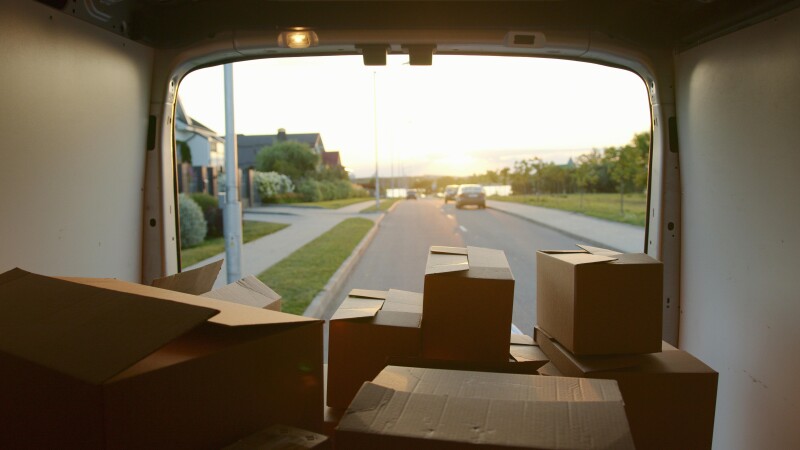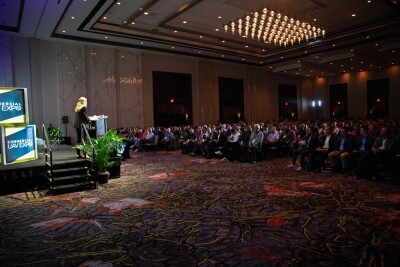What is the last-mile delivery problem?
Last-mile delivery is the final leg of the delivery chain, when an item gets transported to its final destination. The last mile delivery problem refers to two things, with the final delivery part being both the most expensive and time-consuming part of the delivery process. Solving this problem would mean a higher ROI for businesses, as well as happy customers who see their items arriving on time.
Solving the data challenge that underpins the last-mile delivery problem
For years, the last-mile delivery problem was treated as a data problem by tech companies. When in-car navigation systems entered the market, it became apparent that the address data for calculating the shortest route to the customer often turned out to be incorrect. Because the navigation system providers' business model depended on the quality of their underlying address data, this data problem was solved over time, resulting in high-quality, standardized, and regularly updated address data. But better data did not solve the last-mile problem - at least not entirely.
The last-mile delivery problem still exists today, as many companies are struggling to improve efficiencies and cut costs to fund their shipping logistics. Different tech companies (often startups) are trying to solve it with a different approach than the tech companies before them. It’s interesting to see how their approach differs from tech companies that addressed the last-mile delivery problem as a data problem. It turns out that their definition of the problem is tightly connected to their solutions.
Geocoders and their role in solving the last-mile delivery problem
Geocoders are services that convert addresses into locations and vice versa. By locating an address on a map, it is turned into relevant data required by a navigation system to reach a destination. Today, there are many geocoders on the market, and keeping the data “fresh” requires constant monitoring. This is done by manually updating the data, but automated processes using computer vision and satellites are also used.
According to software developer Naurt, geocoders are not designed for last-mile deliveries. They typically provide the center of the building roof as the location for a given address, which is typically not the destination a driver is aiming for when making a delivery. A second problem is that drivers may need a parking spot instead of being taken directly to a building entrance. This may result in extra delivery time, resulting in less deliveries and higher costs.
Naurt provides delivery businesses with address data with the optimal parking spot and building entrance for each address. This prevents drivers from wasting time having to turn around or circle the block. This solution shows that today, the last-mile problem cannot be solved with address data only. Apart from better data, additional data that takes into account the need for parking near a building entrance is also needed.
Other companies approach the last-mile delivery problem more holistically. They offer multiple solutions to optimize the delivery process, and some of these impact the process explicitly, or more implicitly.
Optimizing communication between drivers and customers
Software provider Onfleet offers multiple solutions to solve the last-mile delivery problem. Route optimization is one of them; the company optimizes delivery routes by automatically accounting for time, location, vehicle capacity, and traffic to recommend the most efficient routes. Traffic updates are sent to drivers in real time to optimize travel time.
Onfleet acknowledges that a lot of optimization can be obtained through better communication between drivers and customers to ensure both will be available at the time and place of the delivery. Onfleet also provides ways to auto-assign deliveries based on the proximity of a driver or the shortest route to a delivery address. This makes the delivery process more efficient and reduces costs.
Solving punctuality challenges
Software developer Bettermile combines the approach of both Naurt and Onfleet, going beyond mere route optimization. They offer multiple solutions for solving the last-mile delivery problem. Bettermile’s application advises couriers on the most efficient order of stops, taking into account factors like business hours, and providing “crucial location insights,” such as parking spots and precise customer meeting points.
Being flexible and adapting to real-time conditions and unforeseen delays helps solve punctuality challenges, thanks to a dynamic, machine learning-based tracking system. This is used to inform customers about their delivery status and make sure these are realistic. Interestingly, they suggest human verification to validate the location accuracy of geocoders, to improve the accuracy of future deliveries, and optimize the final mile delivery system as a whole.






